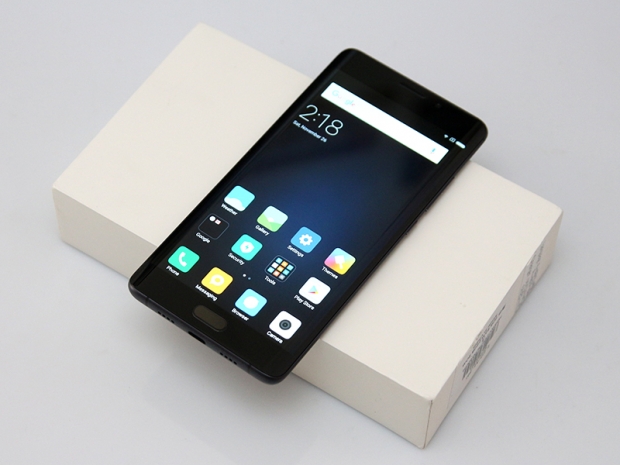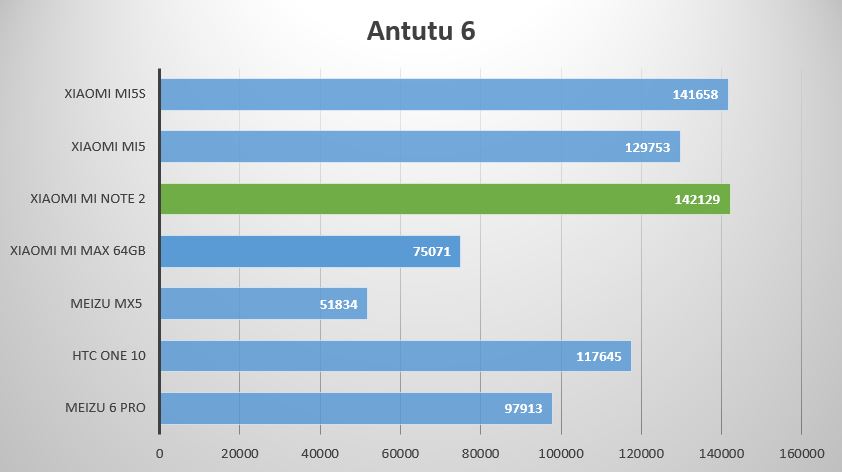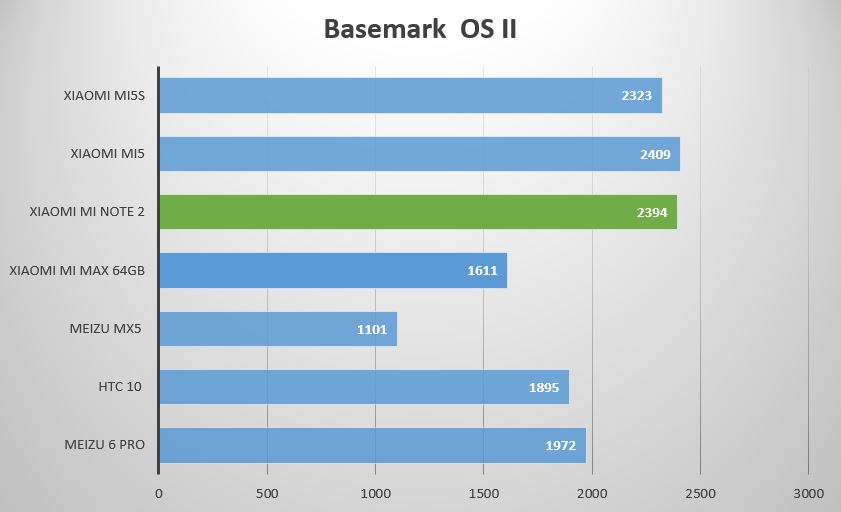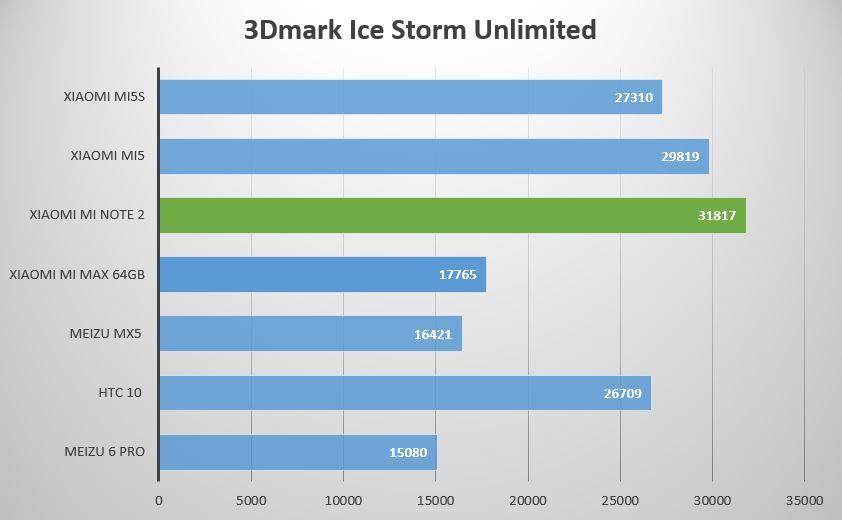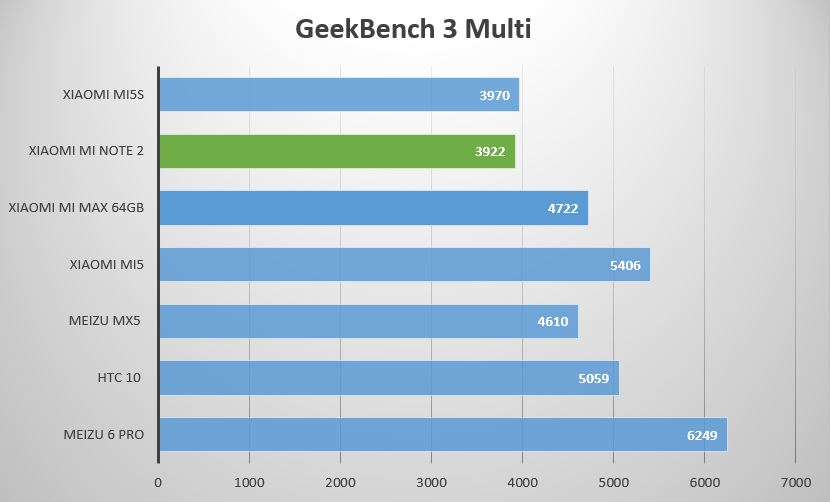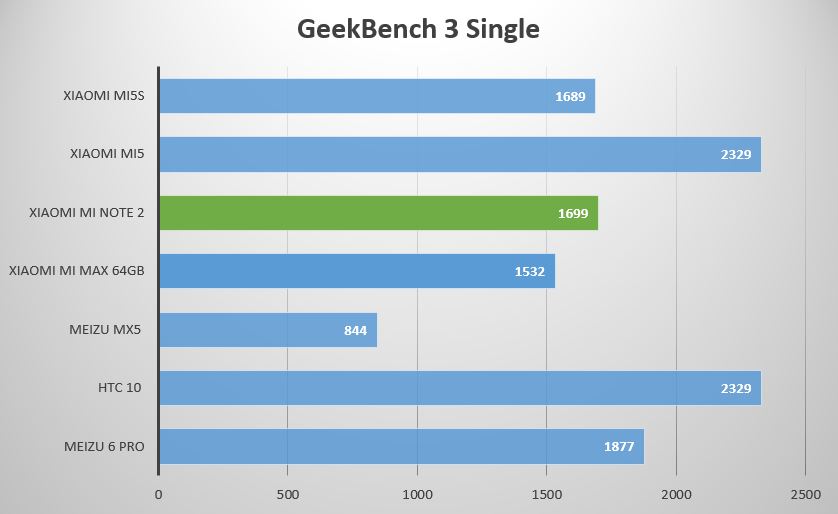Index
Review: Just like a Note 7, but not as deadly
The new Mi Note 2 is a flagship, but it’s not the priciest phone in Xiaomi’s range – that distinction goes to the bezel-less Mi Mix. It’s not the cheapest Xiaomi device based on Qualcomm’s Snapdragon 821 platform, either. That would be the Mi5s series. So where does the Mi Note 2 fit in? Well, had it not been for the Mi Mix concept phone, the Note 2 would have been Xiaomi’s ultimate flagship for 2016, but it’s not. And that’s sort of a good thing, but we’ll get to that later.
Behold! The glass-clad Mi Note 2 in all its glory. Wait? Is that the Samsung Galaxy Note 7? Did Xiaomi rip off Samsung’s suicidal flagship?

Not exactly. For starters, Samsung doesn’t exactly have a monopoly on curved phones, and hasn’t tried to patent basic geometric shapes like some of its competitors. Secondly, Xiaomi was actually the first vendor to pull off a curved glass design on the back of the device. Samsung was the first to do a curved screen. The Note 2 does both and does it well. Besides, it launched just a few weeks after the Note 7 debacle, so no, Xiaomi didn’t exactly have time to rip off Samsung’s industrial design.
But enough with the aesthetics. Let’s see what’s under the bonnet. The Note 2 sports Qualcomm’s Snapdragon 821 SoC, 4GB to 6GB of LPDDR4 RAM, and 64GB or 128GB of speedy internal storage (yep, UFS 2.0). It also has a 22.5-megapixel camera based on a Sony sensor and a curved 5.7-inch OLED display at the front. In other words, in terms of hardware, it’s pretty much on a par with the Mi5s, Mi5s Plus, the fashionista Mi Max, and indeed most SD821 devices on the market today. It’s quite compact too, and it’s not much bigger than your average 5.5-inch phone, and thanks to the curved design, it feels narrower than any 5.5-inch phone we came across, despite having a marginally bigger display.
Now for some bad news.
You can’t get premium materials and top-end hardware for peanuts. While Xiaomi has a reputation for building powerful budget smartphones and quasi-flagships, the Note 2 isn’t a budget device, and it’s by no means cheap. Prices start at about $550 for the 4GB/64GB model, making it the most expensive Xiaomi we had a chance to test so far. Hopefully, we’ll get our hands on the Mi Mix soon, and this will no longer be the case.
So yeah, the Note 2 is a proper flagship, and the price reflects this. In fact, it costs almost twice as much as an entry-level Mi5s, with the same processor and storage, so it’s not cheap by any standard.
Design and Build Quality
Oh no, we have to explain why Xiaomi didn’t rip off Samsung again? Well, it just didn’t and couldn’t in such a short time-frame, unless the Note 2 was conjured into being by magicians instead of engineers. Anyone who claims otherwise is dead wrong and knows as much about engineering as Fudzilla reviewers know about traditional Senegalese cuisine. There we go. That settles that, now let’s move on.
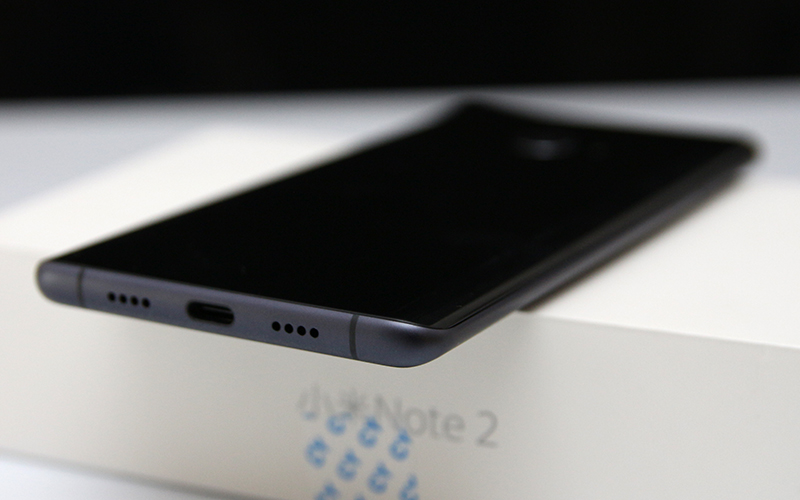
The original Mi Note sported a curved glass back too, and in fact, it was the first phone to do so. With the second incarnation, Xiaomi went a step further a stuck a curved OLED display at the front. Sounds like Samsung, but Xiaomi is using a somewhat different approach.
For starters, the display isn’t nearly as curved as Samsung’s curved AMOLED panels on the latest Galaxy Edge devices or the ill-fated Note 7. Xiaomi’s curve is much more subtle, and the bezels are more visible. However, Xiaomi’s design is symmetric, so you have the exact same curve at the front and back.
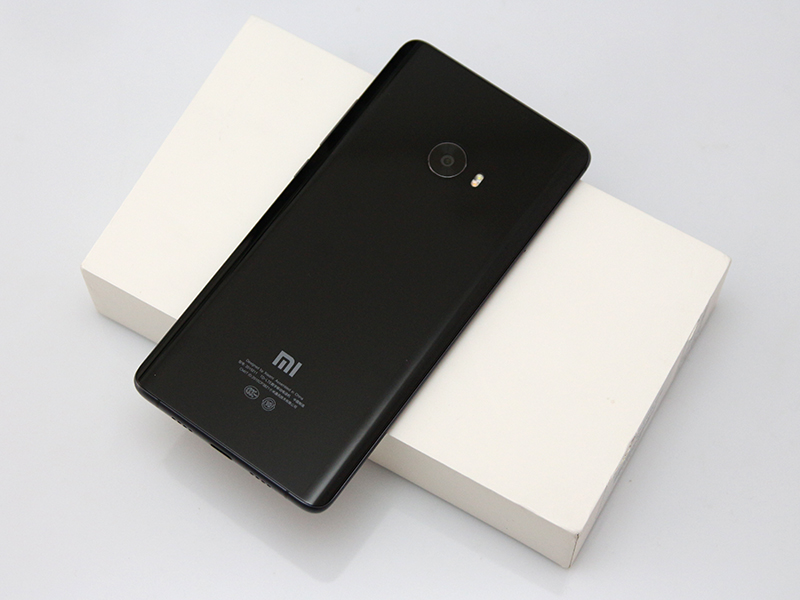
This doesn’t just look good, it feels good, which is much more important in our opinion.
When Hugo Barra showed off the Note 2 to the public, he outlined the design philosophy behind the device, and he did not oversell it. The Note 2 truly looks and feels like a premium device. He also pointed out a rather obvious issue – if you’re designing a curved phone, you sort of tend to end up with a curved phone. Guess what, no matter who designs a phone with a curved siplay, it's going to look like this, or close.
And no, Samsung doesn’t “own” curved phones, in much the same way Apple doesn’t “own” rounded rectangles, although the US judiciary and patent office tend to believe you can actually patent geometric shapes. Since US judges have a medieval track record of ignoring science and basic logic, we choose to ignore them and their ignorance.
One thing, though. With so much glass, the Note 2 is quite reflective and we had trouble taking good product photos, just like we did with the Mi5. In other words, it looks a bit better in real life than in our photos, so sorry about that. Use your imagination. That’s what it’s for.
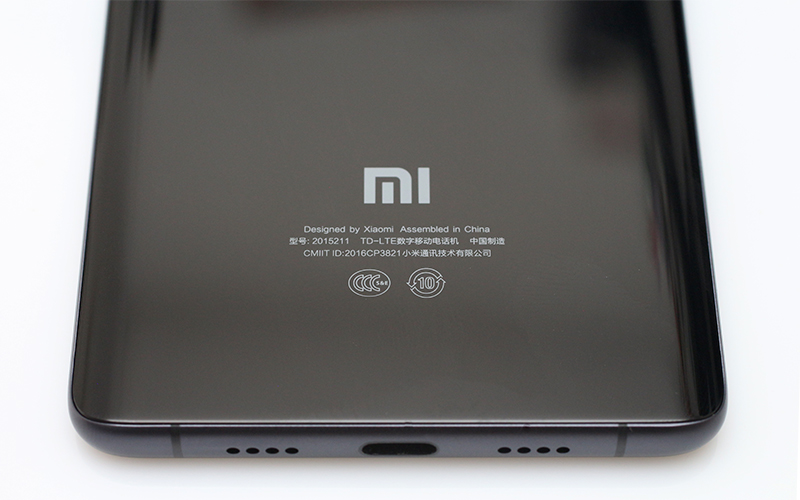
The downside to having a completely curved phone is that you sort of can’t have a truly original design. Any phone with a curved screen and curved glass back is bound to look similar to a Samsung Note 7, or Mi Note 2, or any other glass phone.
When it comes to mobiles, glass certainly has its pros and cons. It looks and feels good, you don’t need antennae cut-outs, and it’s scratch resistant. However, glass can shatter on impact, it’s expensive, and attracts a lot of smudges.
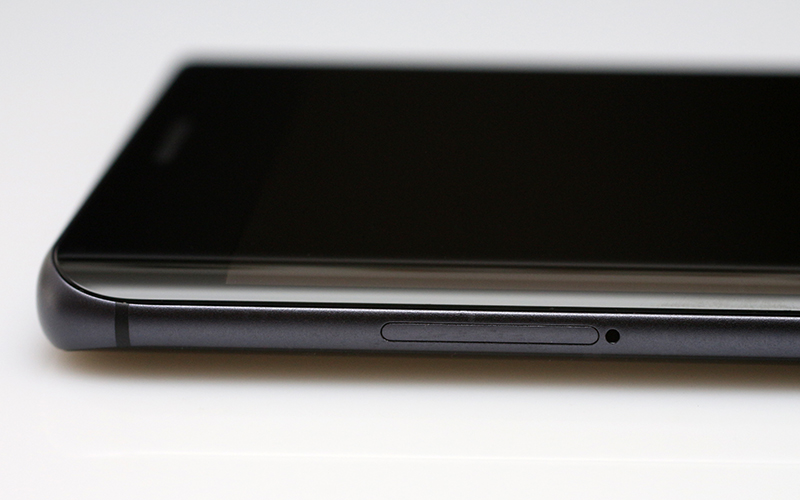
The metal frame on the Mi Note 2 feels like some sort of weird alloy, but we can’t figure out what it actually is. We also conducted an accidental scratch test on the metal flank – only to realise that it’s scratch-resistant too. Whether it’s some sort of Magnesium alloy, or aluminium with a ceramic coating, Xiaomi certainly did its homework. The front and back of the Note 2 won’t scratch unless you really try hard, which is good to know considering the sheer amount of glass used in the design. The metal frame is impressive, too.
The design is minimal. Xiaomi decided to use a physical home button on the Note 2, similar to the one used in the Mi5. Oh, it’s ceramic, so you won’t scratch that, either.
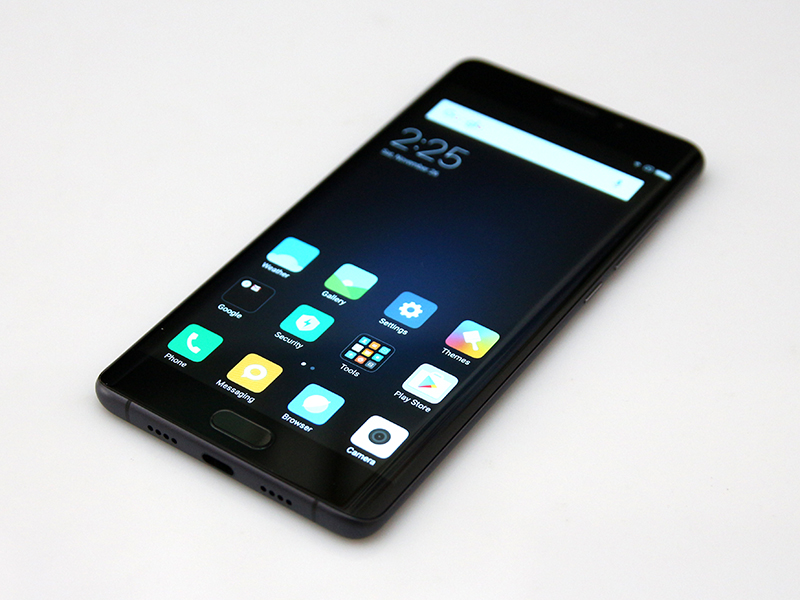
The top and bottom of the device are more or less standard.

You’ll find the 3.5mm audio plug, secondary mic, and IR blaster at the top, while the USB Type-C port is at the bottom.
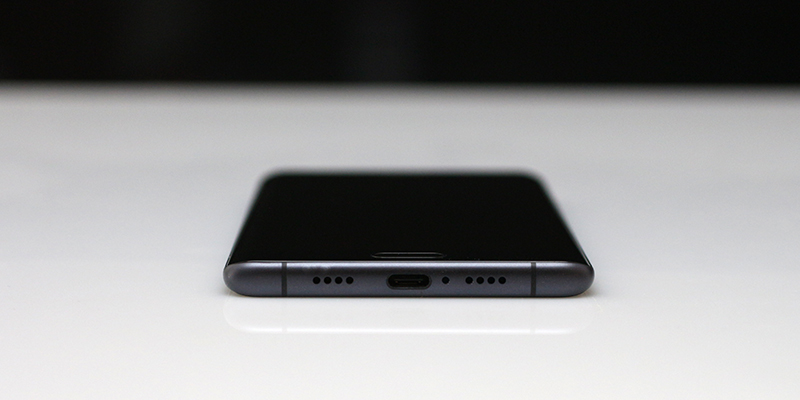
If the front is minimal, what can we possibly say about the back? It’s dominated by the oversized camera lens with a couple of LEDs, and that’s about it.
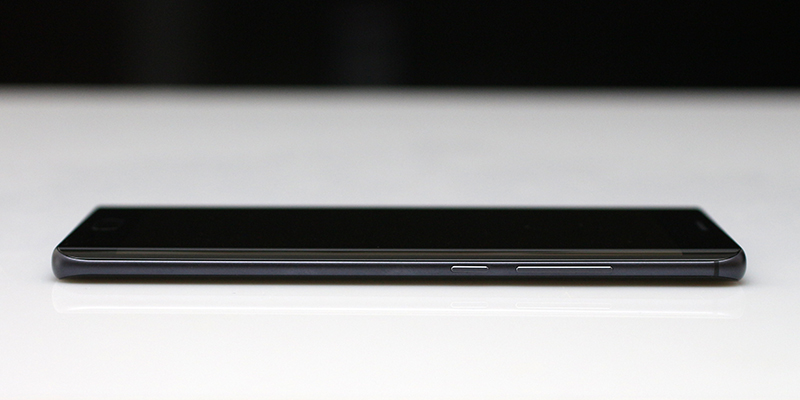
And the sides? We'll let the photos speak for themselves. Xiaomi's curves are gorgeous.

Overall, Xiaomi did an admirable job. The Note 2 looks and feels like a top notch device that can hold its own against any flagship phone today. Considering the price, few people would settle for less. Oh yeah. It’s available in Piano Black and Glacier Silver. We feel the black version is a better fit, considering the curved OLED display.
Xiaomi Mi Note 2 Specs and Performance
Yes, this is a premium Snapdragon 821 device, and you can choose 4GB or 6GB variants. But hang on. It’s not the only Snapdragon 821 phone in Xiaomi’s stable, not even close. The Mi5s and Mi5s Plus use the exact same tech, as does the pricey Mi Mix.
If you focus solely on performance, you may be inclined to pick up a Mi5s or Mi5s Plus, and if you want something that will turn heads, you’ll probably drool over the bezel-less Mix concept phone. The Note 2 is somewhere in-between. It will get the job done, but it looks pricier than the Mi5 series, but it’s still significantly cheaper than the Mix.
The Mi Note 2 is also Xiaomi’s first “Global” device, and my global we’re not talking about the ROM. The priciest Note 2 variant will feature 6GB RAM, 128GB storage, and support for virtually all 4G/LTE networks on the globe. Unfortunately, this model isn’t out yet and we’re reviewing the Chinese 4GB SKU. On another note, the 6GB/128GB version feels like overkill, but then again, this is a premium device.
Xiaomi Mi Note 2 specs:
- SoC: Snapdragon 821 (MSM8996), 14nm
- CPU: 2 x Kryo at 2.35GHz, 2 x Kryo at 1.6GHz.
- GPU: Qualcomm Adreno 530
- RAM: 4 or 6GB RAM
- Storage: 64/128GB UFS 2.0 internal storage, non-expandable
- Display: 5.7-inch flexible 1080p OLED panel (Yes, OLED, not a Samsung AMOLED panel)
- OS: Android 6.0.1 / MIUI 8.x
- Rear camera: 22.5-megapixel Sony IMX318 1/2.6” sensor, f/2.0 aperture, PDAF, EIS
- Front facing camera: 8-megapixel sensor, f/2.0 aperture, autofocus.
- Battery: 4070mAh lithium ion, non-removable, Type-C, Quick Charge 3.0
- Dimensions: 156.2 x 77.3 x 7.6 mm
- Weight: 166g
- Connectivity: 802.11b/g/n/ac WiFi, Bluetooth 4.2
- Sensors: ambient light, direction, accelerometer, compass, proximity, GPS, A-GPS
- Other noteworthy features: IR blaster
- SIM card: dual SIM (Nano SIM)
- Network support:
2G: GSM B2/B3/B5/B8 ,CDMA: CDMA: BC0
3G: WCDMA B1/B2/B5/B8 ,TD-SCDMA: TD-SCDMA B34/B394G: FDD-LTE B1/B3/B5/B7 ,TDD/TD-LTE: TD-LTE B38/B39/B40/41
(Check regional compatibility prior to making a purchase! Global LTE support applies only to Mi Note 2 Global SKU)
That’s quite a spec, so there’s not much we can complain about (it’s not like we won't try). The Snapdragon 821 doesn’t need an introduction. It’s the best SoC used in Android devices today. Period.
The rest of the package looks almost as good. You get fast UFS 2.0 storage, awesome network compatibility if you go for the Global model, and a big battery with Quick Charge 3.0 support. What about the camera? While 22.5 megapixels sound impressive, the IMX318 isn’t exactly the best Sony sensor you can get today. Oddly enough, the cheaper Mi5s features the 12-megapixel IMX378 sensor, which is somewhat bigger (1/2.3” vs 1/2.6”). In case you’re not familiar with the IMX378, it’s the same sensor used in the latest Google Pixel phones.
So, it doesn’t have the best camera sensor around, and this is not the only cost-cutting measure. The Mi Note 2 features an OLED display, which is a first for Xiaomi. This is not a Samsung panel, it’s a Chinese display, and Xiaomi is apparently sourcing its flexible OLED panels from LG. The downside? A 1080p 5.7-inch display doesn’t sound bad, but this is a Pentile display, so it’s not as crisp as your average LCD display with a traditional RGB matrix.
As you can see, the SD821 has no trouble passing the 140,000 mark in Antutu. However, please note the Mi5 score - it shows that even the old SD820 is still a very potent piece of silicon.
For some reason, Basemark isn't too kind the Snapdragon 821 devices we had a chance to review, as overall performance seems to match that of the SD820. Still, the numbers are quite good, although we don't exactly know why the SD820 scores so well in this test.
If you're looking for awesome GPU performance, look no further. As you can see, the Adreno 530 is capable of delivering exceptional performance, and the Note 2 even outperforms the Mi5s, based on the same processor.
We also got some weird numbers in GeekBench 3. Granted, GeekBench multi-core tests are always skewed in favour of 8- or 10-core processors. For some reason, GeekBench 3 favours the old Snapdragon 820 (Mi5), while Snapdragon 821 devices appear to underperform. This may be a software issue, but in any case it is not indicative or real-world performance.
Bottom line: The Note 2 does not disappoint no matter what you throw at it. This is true of practically all Snapdragon 821 phones, and even somewhat older Snapdragon 820 devices. Some synthetic benchmarks weren't kind to the SD821, but we're pretty sure this is a software issue. Android 7.0 is about to land on Xiaomi's SD82x devices, so the results could be much different in a matter of weeks.
The good performance doesn’t boil down just to Qualcomm’s silicon. The Snapdragon 821 is backed by fast LPDDR4 memory and UFS 2.0 storage, and both make a big difference. In fact, when you check the numbers, you’ll soon realize that most PCs and Macs in use today rely on slower memory, and in some cases, slower storage technology.
Audio, Display and Camera Quality
Xiaomi flagships tend to have a good reputation when it comes to audio quality, and the Mi Note 2 continues this proud tradition. It supports 192kHz/24bit audio and multiple lossless audio formats. Xiaomi uses three custom parts to give the Note 2 an edge in the audio department – an ESS Hi-Fi audio decoder, backed by a two-stage amplifier based on Texas Instruments and ADI chips.
The end result is impressive. The Mi Note 2 sounds awesome when you connect it to a proper sound system. The output is fairly loud and should be sufficient for any headphone addict. The integrated speaker is very loud too – not quite as loud as the iPhone 7 Plus, but it’s very close indeed. Need we say that call quality is excellent too?
While its audio capabilities are second to none, the Mi Note 2 falls short on the display front. The flexible OLED panel reportedly comes from LG, which may sound reassuring, but don’t get your hopes up yet.
This is a Diamond Matrix display, which is just another name for a non-RGB matrix, similar to Pentile matrices employed by Samsung. It just has a somewhat different matrix, but the end result is the same – you get fewer subpixels and less sharpness than you would on a traditional RGB matrix.
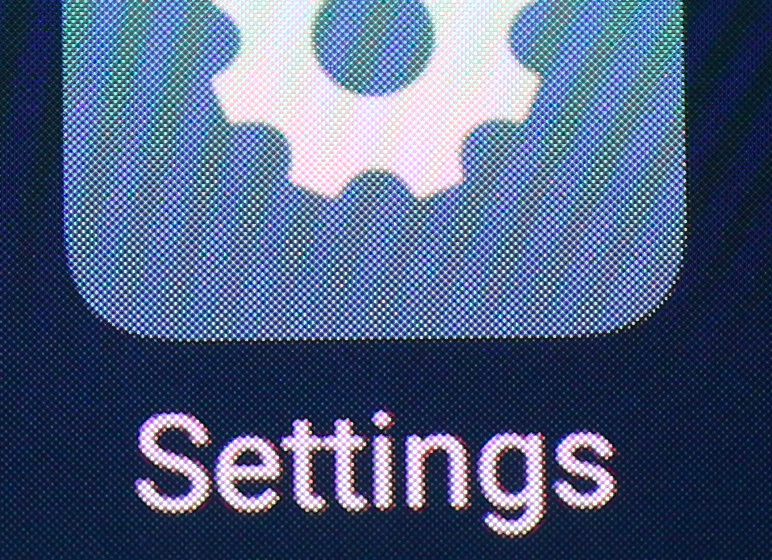
This wouldn’t be a problem on a small device, or if the display featured a higher resolution. However, 1080p on a 5.7-inch display just doesn’t cut it in this day and age. In fact, Samsung’s Note series featured similar displays three years ago. This doesn’t mean the display is grainy, or that you’ll see individual pixels, but it does mean that you won’t get the crispness of a good LCD display.
Colour reproduction is quite good, and the display can impress in some conditions, but at the same time, it has a few shortcomings, unrelated to the resolution and matrix type. For starters, it’s not that bright and, in some cases, a high-end IPS panel just looks better. Viewing angles are average and the display gets a cold tint when viewed from the side. This effect is particularly noticeable on the curved edges (Samsung’s implementation isn’t much better, but bear in mind that Xiaomi’s display isn’t nearly as curved as Samsung’s displays used in the Edge series).
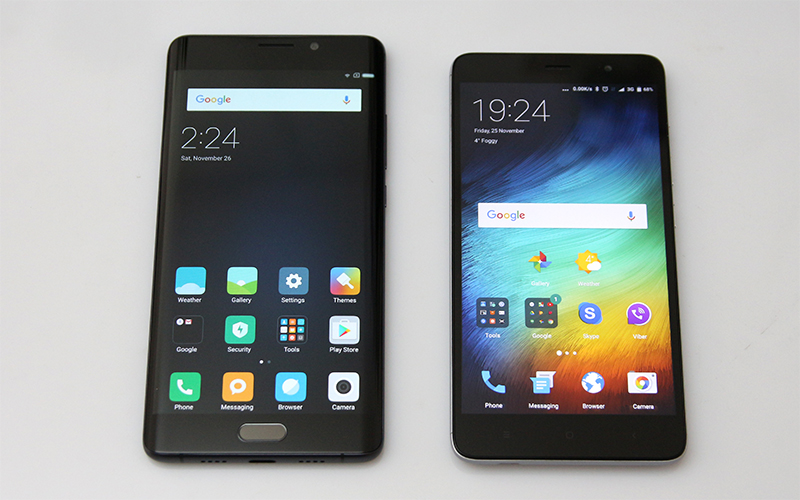
Mi Note 2 next to entry-level Redmi Note 3 Pro: OLED delivers much better contrast, deeper blacks and vivid colours, but IPS displays deliver a crisp, natural looking image most users prefer.
Upsides of using an OLED display include excellent contrast and improved energy efficiency. The contrast aspect is quite important on a device like this. With so much black glass, an OLED display just looks better, especially if you like black wallpapers. Display power efficiency is harder to quantify. While the Mi Note 2 offers excellent battery life, we were expecting a bit more.
Overall, curved displays include a number of trade-offs. In the case of the Mi Note 2, it’s obvious that Xiaomi chose style over substance. Had it used a standard LCD display, like those used in its latest Mi5-series devices, the end result would have been a somewhat cheaper device with superior display quality. However, the focus was clearly on style, and from our perspective, the price you have to pay to get a curved display is rather high.

Sony's IMX318 1/2.6" sensor tucked away underneath scratchproof glass. The camera is almost flush with the surface.
It seems the camera took a back seat to style as well. Based on Sony’s IMX318 sensor, the camera module is relatively compact, and there’s a reason for this. Xiaomi always tries to make their cameras flush to the rear surface, so you don’t get the “hump” you would usually get on a Samsung flagship. That’s nice, but it also means you don’t get the same optics. If you have to save space on optics, it makes sense to reach for a small sensor with loads of pixels, which is exactly what the IMX318 is.
It’s not a flagship camera solution, and it’s not the same 23-megapixel sensor used in Sony flagship phones – that particular sensor is substantially bigger than the IMX318, which is more of a mid-range sensor. What does this mean for overall image quality? Let’s take a closer look.

Here's our standard indoor shot, with plenty of colours and glossy highlights. You'd expect the camera to encounter some noise in the 100% blowup, but it does not. The results are good, and even better when you factor in the resolution. Bear in mind that we are talking about a 22.5-megapixel sensor here, so the 100% crop at the bottom shows a smaller area than the 12-, 13- and 16-megapixel phones we had a chance to try out.

The same scene under limited incandescent lighting doesn't look nearly as impressive, which can be attributed to the small size of the sensor. The images tend to be underexposed, but this is easily compensated for. You also end up with a fair amount of noise, but once again, this is a 22.5-megapixel sensor and you simply can't compare the 100% crop to that of a 13-megapixel phone. Frankly, we were expecting even worse results, due to the 1.0um pixel size.

We were equally concerned that the sensor wouldn't have enough dynamic range, but oddly enough, it does a rather good job. As you can see in this comparison shot with terrible lighting and haze, the HDR mode is subtle and capable of delivering good results even in extremely bad conditions.
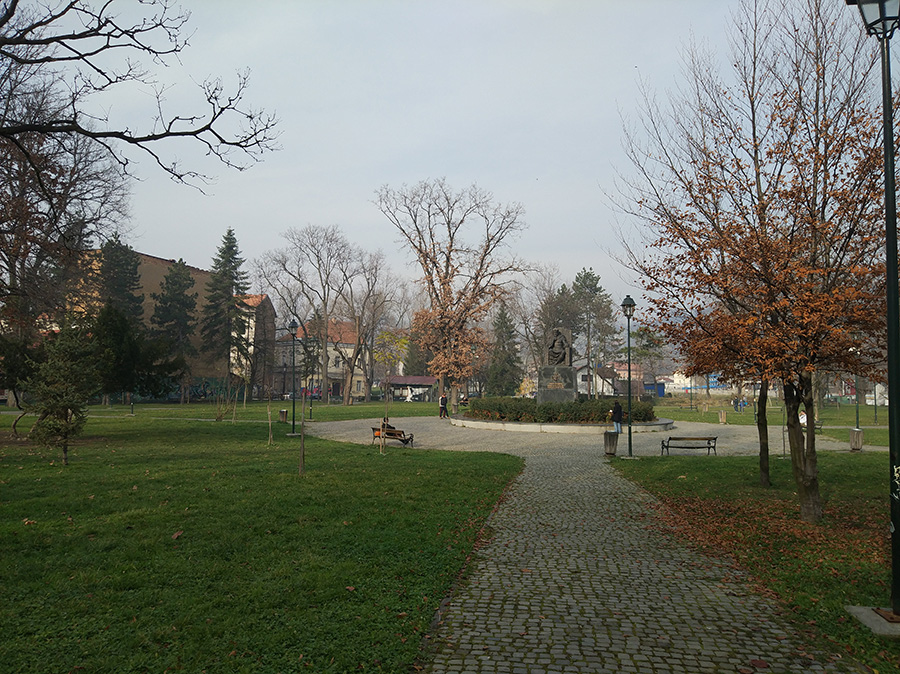
What's more, HDR doesn't mess up the details or generate a lot of artifacts/ghosting.

This image also illustrates why it's a good idea to have a few spare megapixels - if you need to zoom in, there's plenty of pixels to play around with. To be precise, you end up with 5488x4112px images. The downside is that they're 10MB+ each, so a hundred shots will take up a gig of storage.
Overall, the 22.5-megapixel camera is a mixed bag, but it gets the job done. We were pleasantly surprised by its dynamic range, because we expected even worse performance in certain scenarios. On the other hand, in low light conditions, the Mi Note 2 can’t keep up with the latest flagships from Samsung, Apple, or even Xiaomi – remember, the substantially cheaper Mi5s features the same 12-megapixel camera sensor used in Google’s Pixel phones.
So what’s the use of having all those pixels if they’re so damn small? Well, the IMX318 can capture a lot of detail in good light, allowing you to zoom in and crop images with plenty of resolution to spare. It also makes sense for EIS.

The 8-megapixel front-facing camera is impressive. Not only does it have a quality sensor capable of snapping some great images even in low light, but it sports autofocus (although autofocus may take some getting time used to, especially if you’re a selfie addict).
OS, UI and Everyday Use
The Note 2 ships with MIUI 8 and Android 6.0, with an Android 7.0 update coming soon. This is more or less standard for Xiaomi, as the company rarely launches phones running the latest version of Android.
The end-user probably won’t even tell the difference, due to the basic nature of MIUI. It’s a heavily customised solution that doesn’t merely offer a lot of skins and customization options. It’s not skin-deep, shall we say. In other words, if you pick up a Mi phone running Android 5.1.x, Android 6.x.x or Android 7.0, you’ll be hard-pressed to spot the difference in everyday operation. MIUI still feels like it borrows a lot from iOS, but to be fair to Xiaomi, it doesn’t look like a blatant iOS rip-off, at least not anymore. There’s no app drawer, MIUI incorporates a lot of exclusive features and services, some of which aren’t available outside of China, and it offers an extremely high degree of control.
This is good news for Android geeks and other power users, but at the same time in can prove problematic for users who aren’t tech savvy. MIUI requires users to spend a lot of time fine tuning various settings, and this is especially true when it comes to notification and power management. By default, MIUI tries to kill as many background processes as possible, which sounds good, but at the same time it means you’ll have to allow various apps to autostart, use data, or stay “locked” in the active position, so MIUI wouldn’t drown them to save a bit of memory.

However, once you set everything up, MIUI can be a joy to use. There’s a lot to like about Xiaomi’s UI, and its ecosystem in general. Unfortunately, we had to review the Note 2 running the official Chinese ROM, as the Global ROM was not available at press time. It should show up soon though, as this particular phone started shipping just a few weeks ago. The problem with the Chinese ROM is that you’ll have to install end set up Google services. On the Global ROM, you’d get them out of the box, with less bloat preinstalled solely for the Chinese market.
So, nothing special in the software department, but what does the Mi Note 2 feel like in real life? Pretty good, actually. It’s a well-rounded device on most fronts. While it’s a rather big phone, it feels quite a bit smaller on account of its curved sides. Bear in mind that it still has a bigger footprint than Samsung’s duly departed Note 7.
The subjective feeling is good, because the phone is symmetrical, unlike Samsung’s curved phones. It looks and feels like a premium slab of curved glass on both sides, and in some respects, we like Xiaomi’s approach more than Samsung’s. While Samsung has bigger curves, they don’t exactly add value to its Edge series devices. Sure, there’s some additional functionality, but curved displays are mostly a gimmick. Xiaomi didn’t even bother coming up with specific UI features for curved displays, nor did it need to, because the display is just slightly curved.
While the Note 2 looks awesome, it also suffers from the standard foibles associated with glass phones. Yep, you can get a lot of fingerprints on that glossy back, and yeah, it will shatter if you’re not careful. The good news is that Xiaomi is using Gorilla Glass 4 on both sides of the device, so don’t expect any scratches.
The tactile feeling is exquisite (unsurprising given the choice of materials and pricing), but it’s not perfect. Glass doesn’t offer a lot of grip on certain surfaces, and curved glass is even worse. If you place the Note 2 on a flat surface, you’re ok, but if it’s on cloth or an uneven surface, it will slide all over the place, like a glass hockey puck. If you want to have some fun, put it on the passenger seat and watch it fly when you hit the brakes. Xiaomi is bundling a clear protective case for the Note 2, which is a nice touch.
Does this mean it will inevitably slide out of your hands and “facehug” the pavement with its sexy glass finish? Not necessarily, provided you hydrate your skin. If you have dry hands, glass phones are not your friend. Of course, this is nothing new, because these issues have been around for a while, dating back to the iPhone 4 and Nexus 4, and their swanky glass butts. Thanks to the symmetric, curved design, the Note 2 feels more comfortable and premium compared to other glass phones, especially older ones. It’s surprisingly manageable for a 5.7-inch phone. In fact, most 5.5-inch phones are heavier, thicker and have a similar footprint to the Note 2.
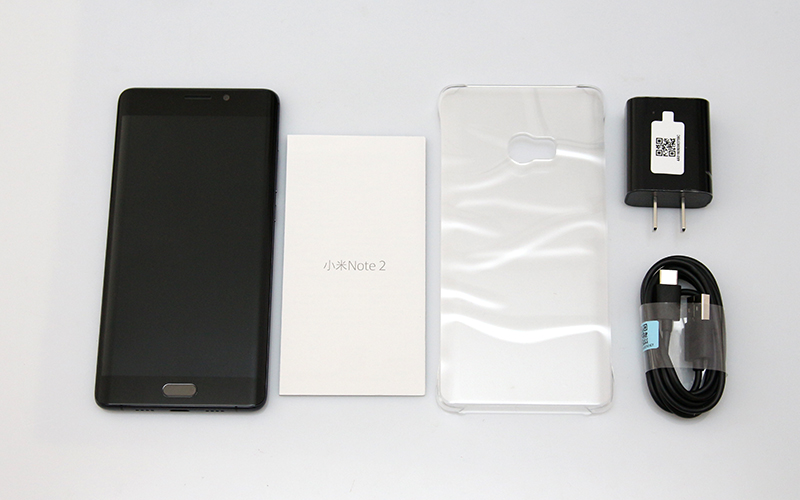
The trouble with gorgeous phones that feel great in your hand? Well, you’re bound to use them a lot, so it’s a nice idea to have a good battery. The Note 2 has a 4070mAh unit with Quick Charge 3.0 support, which comes in very handy given the battery capacity. With a proper QC3.0 charger and a quality Type-C cable, you should be able to fully charge the device in 80 minutes or so.
Luckily, you won’t need to frantically look for a socket after a few calls and a few rounds of World of Tanks Blitz. The Note 2 delivers above average battery life, roughly two days of use in our experience. This is about 25-30% better than most flagships, mainly due to the oversized battery. The OLED screen probably helps save some power as well, but overall the results aren’t that impressive. We managed to get about the same endurance from other phones with 4,000mAh batteries, including Xiaomi’s entry-level Redmi Note 3 (we are talking about overall endurance, not screen-on time).
In other words, we were expecting the Mi Note 2 to do even better, because it uses 14nm silicon and a more efficient display. While we weren’t impressed, we weren’t disappointed either. The curvy Note offers good battery life, slightly above average for the category, and you also get Quick Charge 3.0 support, courtesy of Qualcomm.
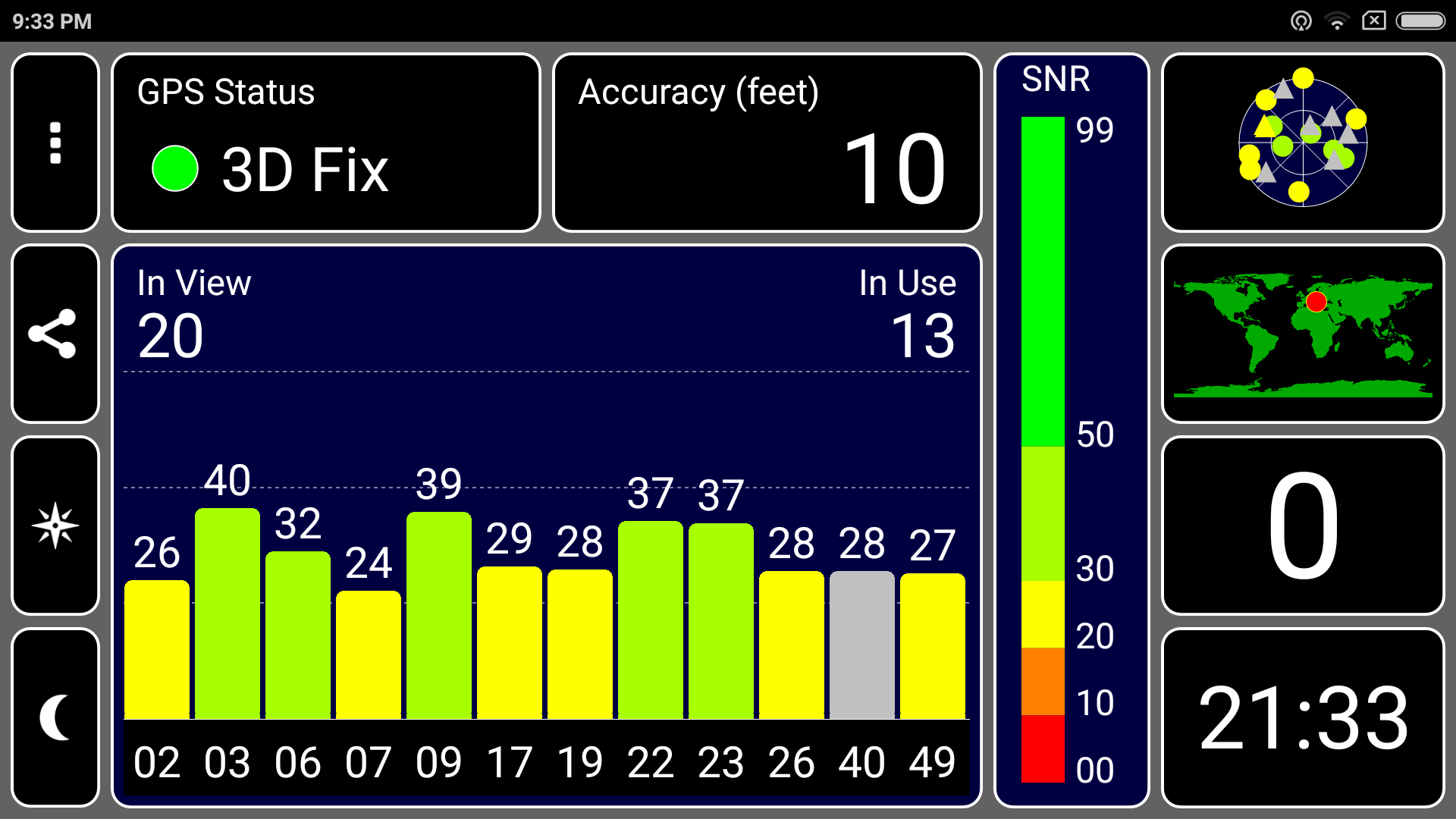
GPS performance is not an issue, as you'd expect from such a device.
Conclusion
The Xiaomi Mi Note 2 is not a Samsung Note 7 rip-off, but even if it was, the Note 7 is dead anyway. The Note 2 is not original either. It’s not a cheap phone, but it’s still somewhat cheaper than similar devices from mainstream brands. It’s might not be as big as you’d expect from a 5.7-inch beast, yet it doesn’t exactly have a small footprint (Samsung still beats it on account of its smaller bezels, made possibly by the curvier AMOLED display). That’s sort of our problem with the Mi Note 2. It feels like it was designed by a committee.
It’s a great phone, but we get the feeling that Xiaomi went about designing it the wrong way – it made it “good enough” on all fronts, but not exceptional in any way. This usually works like a charm for Xiaomi, since the company focuses on value, but the Note 2 is an upmarket design. It’s not a bargain bin phone from China, it’s supposed to showcase the company’s tech prowess and it sort of does, but... That role has been taken over by the new Mi Mix concept phone, which features similar internals in a truly ground-breaking design. While impressive, the Note 2 doesn’t come close to the Mix in terms of head-turning potential, and that might be its biggest shortcoming.
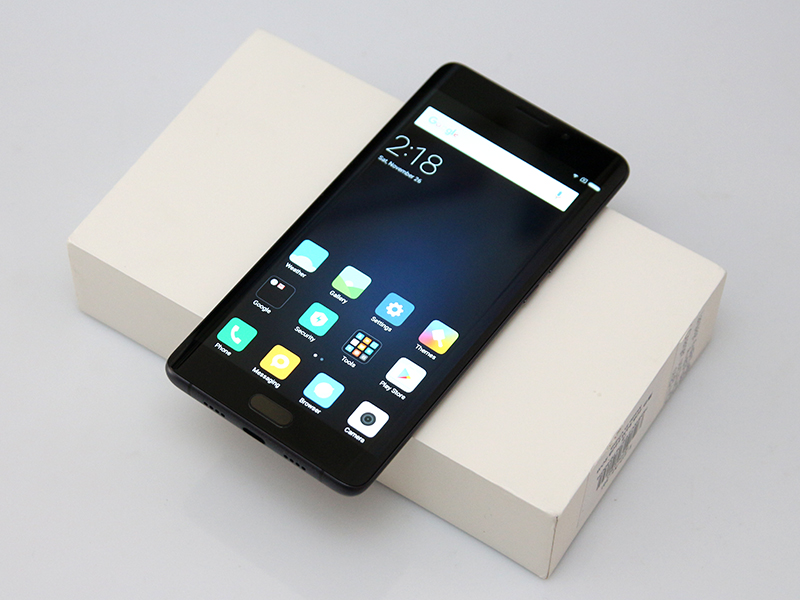
The other one is display quality. Yes, we’ll continue to see more and more curved displays, and even bezel-less devices, but there is a price to pay for this trend – we won’t see IPS LCD displays on them. OLED and AMOLED displays have a number of things going for them, but they also have their fair share of problems, which is why most flagship phones still ship with good old IPS panels. Most people just prefer them. If the industry moves to curved displays, we’ll see more vendors trading display quality for style. The same is true of the rear camera – Xiaomi's focus was clearly on making it flush with the glass back, rather than employing a bigger sensor (with bigger optics, obviously).
From a geek perspective, this emphasis on style might not sound like a good idea, but geeks aren’t the only people buying flagship phones. If they were, the smartphone industry would be in a world of hurt. The Mi Note 2 might not be the best phone for tech enthusiasts, but it’s supposed to appeal to a much wider audience, and it does. It’s an extremely attractive device with flagship performance and an acceptable, although by no means cheap, asking price.
We tried out the 4GB/64GB model and, to be honest, if you don’t absolutely need more storage, there’s no need to go for the flagship 128GB model. 4GB of RAM is plenty. Xiaomi knows this as well, which is why it’s offering Global LTE only in the 6GB/128GB flavour. It’s good for margins, but not so much for consumers.
Our 4GB/64GB review unit was supplied by GearBest, which lists it for $589 at press time. The problem? Demand is high, so availability is limited, at least for now. If you're reading this in 2017, chances are this won't apply to you. Once demand eases up, you should be able to find the model of your choosing in stock, with an even better price tag.
Xiaomi Mi Note 2 Pros and Cons
Pros:
- Gorgeous design, premium materials
- Curved sides make it appear and feel smaller
- Performance
- Audio quality (speaker and output)
- 4070mAh battery
Cons:
- Unimpressive display quality
- Price/performance compared to other Mi phones (namely Mi5s series)
- Hm… That’s a lot of glass you can shatter

